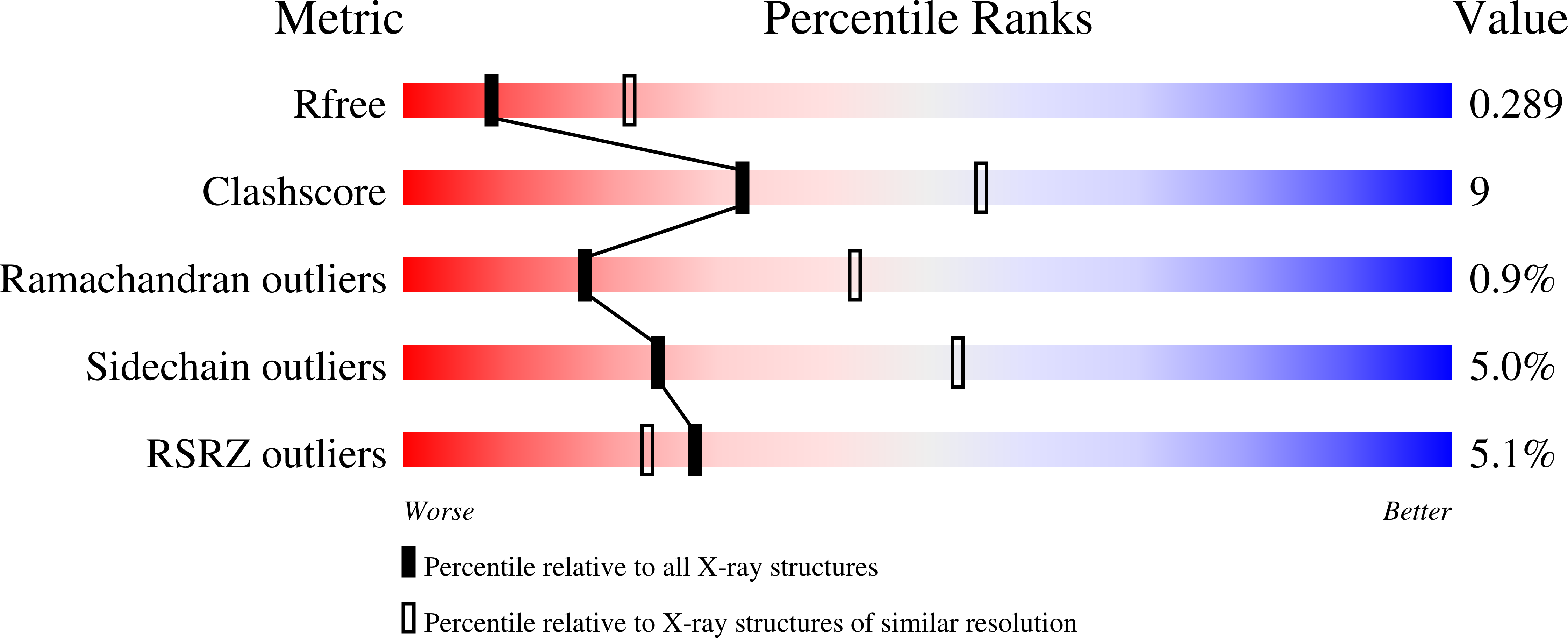
Deposition Date
2007-02-22
Release Date
2007-10-23
Last Version Date
2023-08-30
Entry Detail
PDB ID:
2OYQ
Keywords:
Title:
Crystal structure of RB69 gp43 in complex with DNA with 5-NIMP opposite an abasic site analog
Biological Source:
Source Organism:
Enterobacteria phage RB69 (Taxon ID: 12353)
Host Organism:
Method Details:
Experimental Method:
Resolution:
2.86 Å
R-Value Free:
0.29
R-Value Work:
0.22
R-Value Observed:
0.23
Space Group:
P 1 21 1


